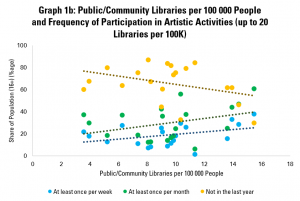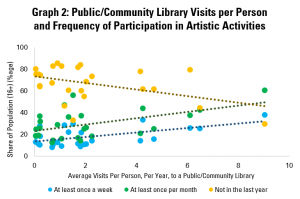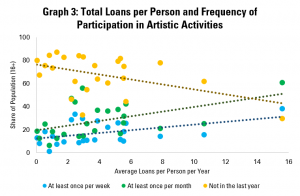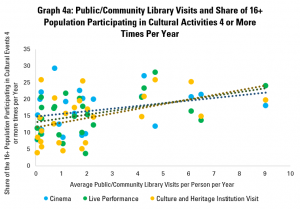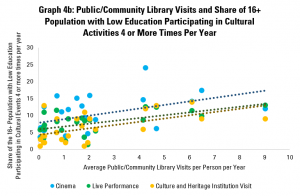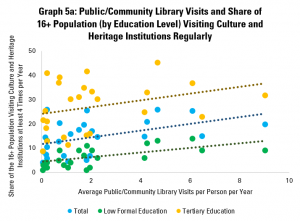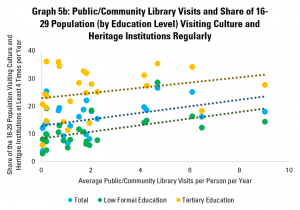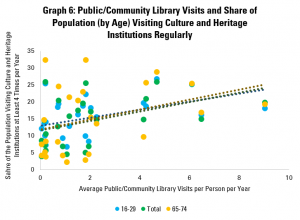The European Confederation of Conservator-Restorers Organisations (E.C.C.O.) sets aside a week every year to celebrate Europe’s cultural heritage and the professionals who work to preserve and provide access to it.
It is inspiring to see the preservation and digitisation of books, papers, manuscripts, photographs, and other documentary heritage materials feature during this week. IFLA especially highlights those working to preserve materials that make up the memory of the world, as libraries and library professionals are essential keepers of this cultural heritage. We explored this further in our blog post for European Day of Conservation-Restoration 2020, which you can read here.
For this year’s European Days of Conservation-Restoration, a social media campaign highlighted good practices and the professionals and institutions involved in this work. However, it also explored other themes, such as heritage at risk, sustainability, and the importance of reaching out and building networks.
This provides a great example for cultural heritage professionals around the world of an accessible way to get involved in advocacy.
Storytelling for Advocacy
Cultural heritage provides a gateway to the vast collective knowledge of humankind; it inspires connection and fuels creativity and innovation.
Cultural heritage professionals can help promote recognition of the potential of cultural heritage for bettering society through engaging in advocacy on how their work makes a positive impact.
The importance of incorporating advocacy and storytelling into cultural heritage conservation practice was among the topics presented by IFLA in a keynote address to the Institute of Conservation (ICON) Book and Paper Group Conference 2021 titled: Inspiring and Informing Development: Advocating for culture in sustainable development.
An important theme of this address was that no one person is too small to make a difference.
The IFLA speaker urged cultural heritage professionals to act boldly – individually and within networks – as advocates, telling stories that help illustrate the value that cultural heritage has for people now and into the future.
Examples – European Days of Conservation 2021
Using online platforms to proactively reach out and tell stories can be effective means by which to connect with community members, policymakers, and fellow professionals.
Participating in celebrations like the European Days of Conservation-Restoration is an excellent opportunity to join voices with others and increase one’s reach.
The E.C.C.O. called for its community of European conservation and restoration professionals to take part in a social media campaign – highlighting stories that invite viewers into their workspaces and highlight the important role they have in safeguarding cultural heritage.
There were several fascinating posts that feature documentary cultural heritage. These posts bring conservation and restoration practice to life, and help other understand the work that goes in to ensuring these materials remain accessible.
Some examples include the Association of Conservator-Restorers in Bulgaria highlighting several institutions that specialise in conservation of works on paper; information-sharing on how documents are preserved from the Samuel Guichenon Collection, Historical University Library of Medicine, Montpellier University; and the National Archives of Malta demonstrates a treatment for paper that has been damaged by iron gall ink.
For more, visit E.C.C.O. on social media: Facebook & Twitter.
Sustainability, Cooperation, and Networking
Beyond highlighting good practice, a goal of this year’s European Days of Conservation-Restoration was also to raise awareness of key aspects of cultural heritage’s role in society, including access and sustainability.
Participants were encouraged to explore this through themes on the preservation of tangible cultural heritage in the view of climate change and the importance of reaching out beyond the sector – involving politics, education, training and research as pillars for cooperation towards sustainability and development.
The social media campaign took this opportunity to raise awareness of several initiatives that are linking cultural heritage with broader development intiatives, such as EU-funded project CLIMATE FOR CULTURE, the Joint Programming Initiative on Cultural Heritage and Global Change, and the Climate Heritage Network.
For example, as part of its #ClimateHeritage Mobilisation @ Climate Fridays webinar series, Climate Heritage Network delivered a webinar on the theme: Building Reuse is Climate Action. A wider audience was invited to attend this programme, which offered a compelling environmental case for building reuse and its part in the goal for zero carbon emissions.
IFLA is a founding member of the Climate Heritage Network. Follow more on IFLA’s involvement with Climate Heritage Network in the coming weeks in the lead-up to COP26.
Everyone can be an advocate
Joining networks, reaching out beyond the sector, and highlighting connections between cultural heritage practice and social issues like sustainability are all ways to get involved in advocacy.
Participating in events such as the European Days of Conservation-Restoration by taking part in social media campaigns and joining virtual events is a low/no-cost action that individuals or institutions can do to begin increasing their involvement in advocacy.
To go back to the key message in IFLA’s recent keynote address on advocating for culture in sustainable development, no one is too small to make a difference.
Library professionals around the world are encouraged to seek out opportunities to highlight their work, and to get in touch with IFLA HQ for help showcasing their own stories.
Contact: [email protected] for more.

